A rare one where the church came centuries after the neighborhood around it - Nyboder is one of Copenhagen’s most unique neighborhoods, originally built in the 1630s to house the seamen who comprised a new permanent Danish navy, rather than the seasonal levies of the past. Somehow though, Sankt Pauls Kirke, Nyboder’s church, was only built in 1877, designed by Johannes Emil Gnudtzmann. There are three distinct layers of urban history here: the construction of government housing for a newly professionalized military, the Copenhagen church building boom of the late 1800s, and the closure of emptying churches in the 2000s (which St. Paul's narrowly avoided after its initial inclusion on a list of churches to be closed in 2012). It’s also a terrific example of Romanesque Revival, a suitably imposing cap to the visual axis of Adelgade, and a landmark spire over Nyboder.

Nyboder’s iconic yellow houses, more of a military project than an exercise in urban planning, were a pet project of King Christian IV in the 1630s. The Danish navy grew rapidly under Christian IV, so to maintain a modern standing navy the Danish state needed to house its professional sailors. Nyboder was the solution - although it didn’t look exactly like this at the time. Most of the original single-story residences from the 1630s were demolished over the next 170 years, replaced with these two-story homes, as the neighborhood grew to 1,800 apartments.
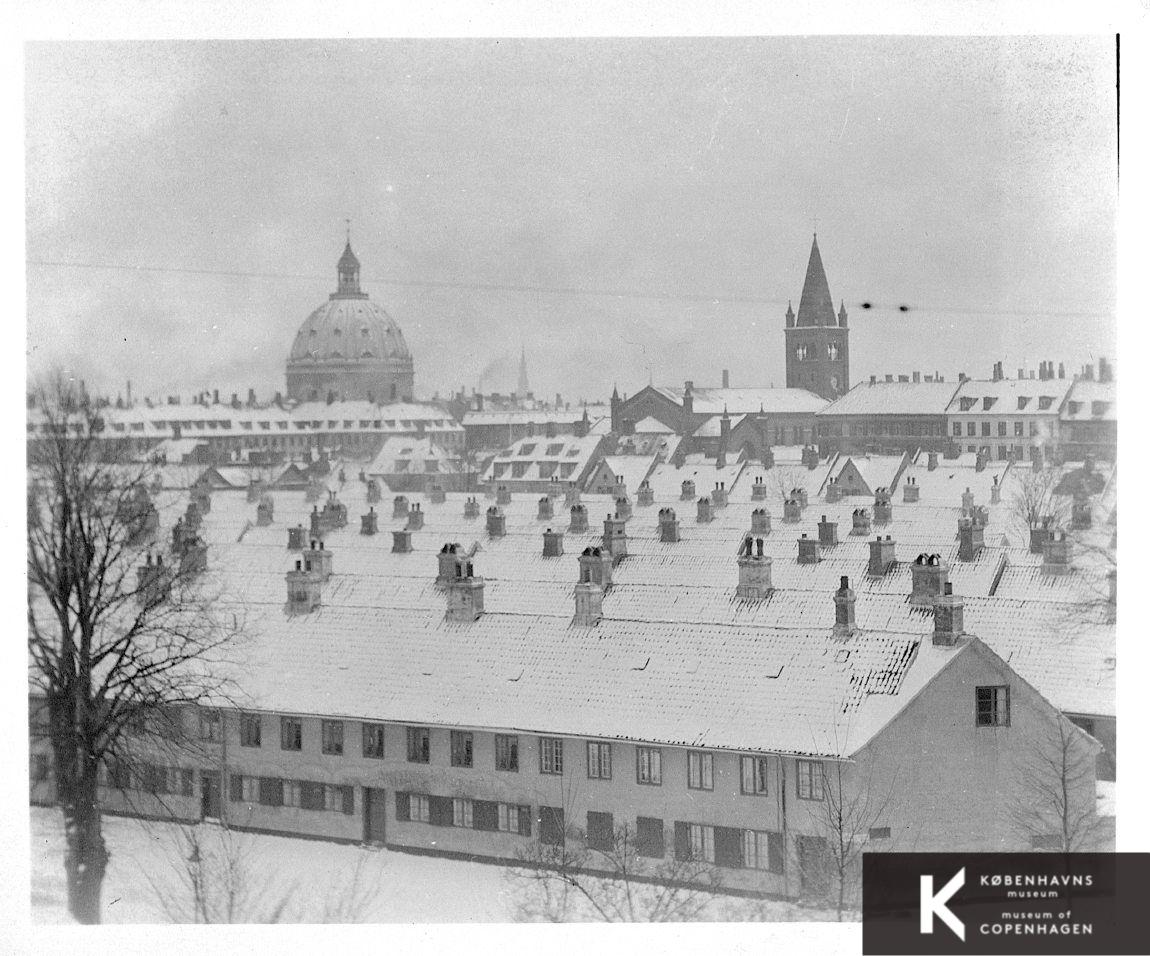
The dwellings seen in the postcard and photo here, on the north side of Bjørnegade (now Fredericiagade), were demolished and rebuilt at the beginning of the 19th century. Completed in 1804, they were designed by J.B. Magens, the Navy’s master builder.
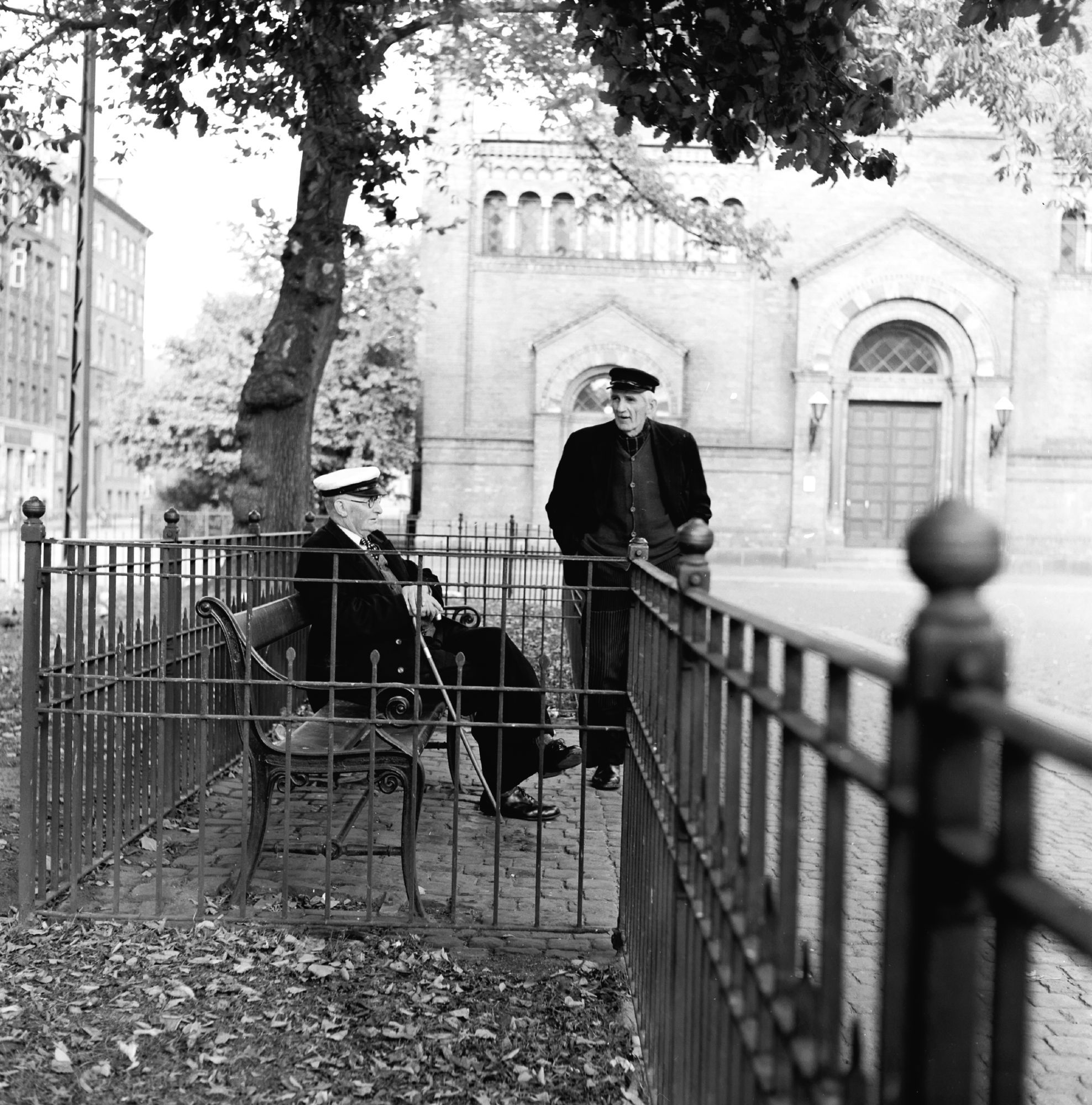
Nyboder was administratively unique - because it was built for the navy, authority rested with the admiralty at Holmen, not with the municipality of Copenhagen. The navy took care of things like policing, the fire department, and the education system. The Danish Defence still owns Nyboder to this day, and as far as I can tell you still must be in the armed forces to rent one of the 600 apartments here.
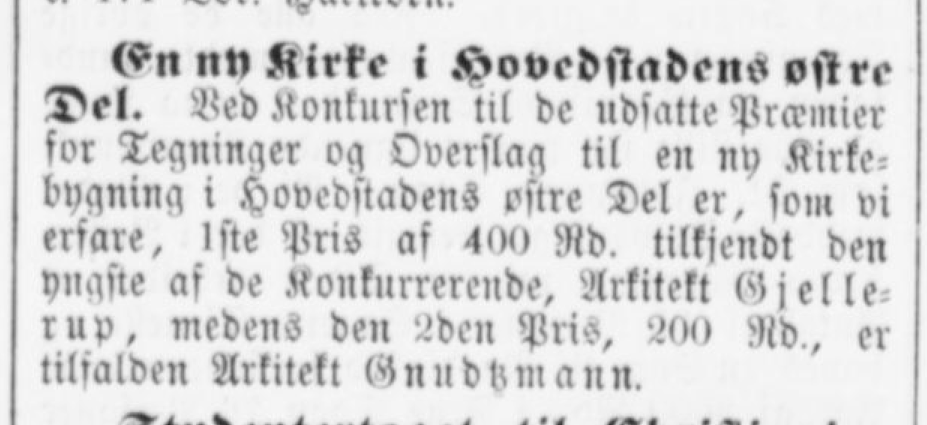
After 200 years without a local church of their own, the 1870s church construction boom in Copenhagen finally reached Nyboder. Albert Gjellerup won the design competition for a new church in “the capital city’s outer region” in 1869. Gjellerup was only 24 though, the youngest architect in the competition, and for whatever reason they ultimately went with the runner up - Johannes Emil Gnudtzmann. As far as I can tell, Gjellerup never did get to build a church.
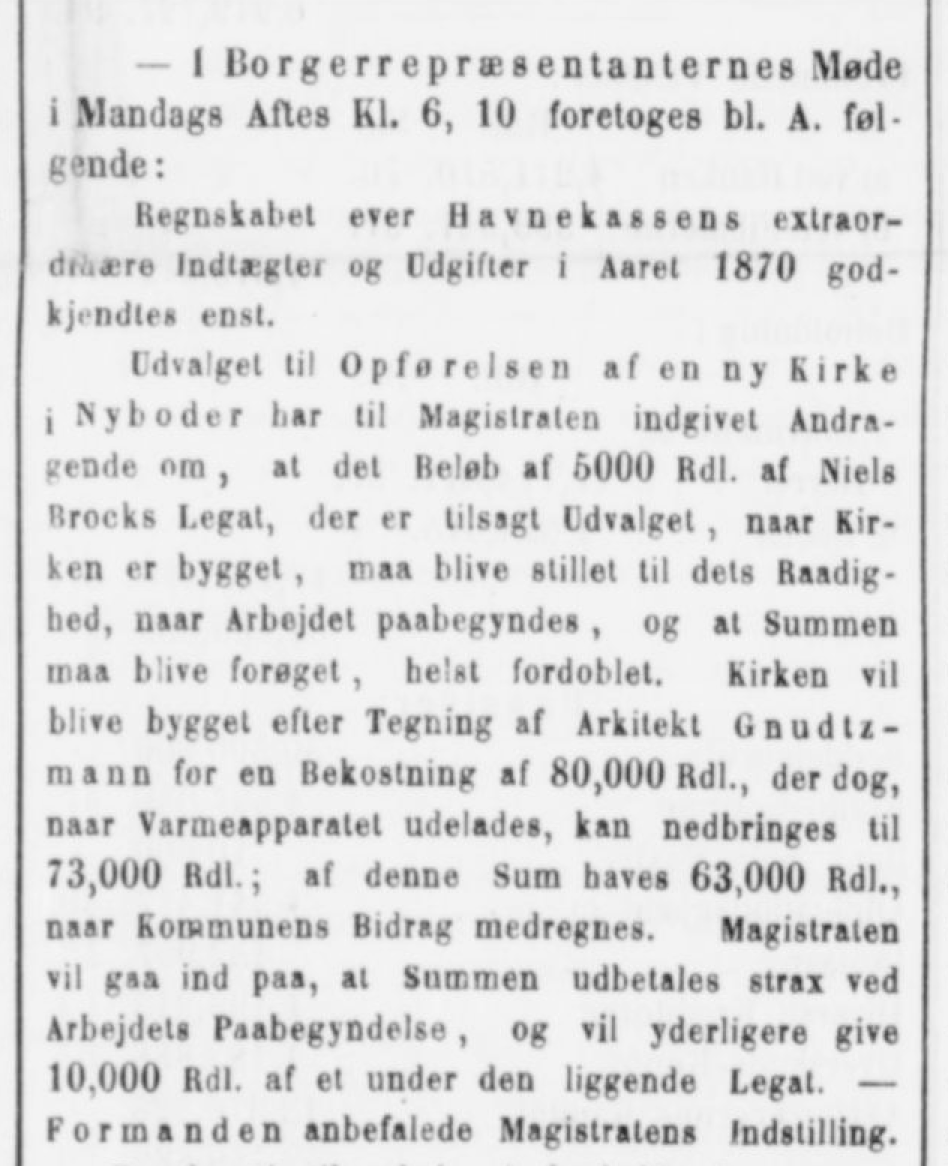
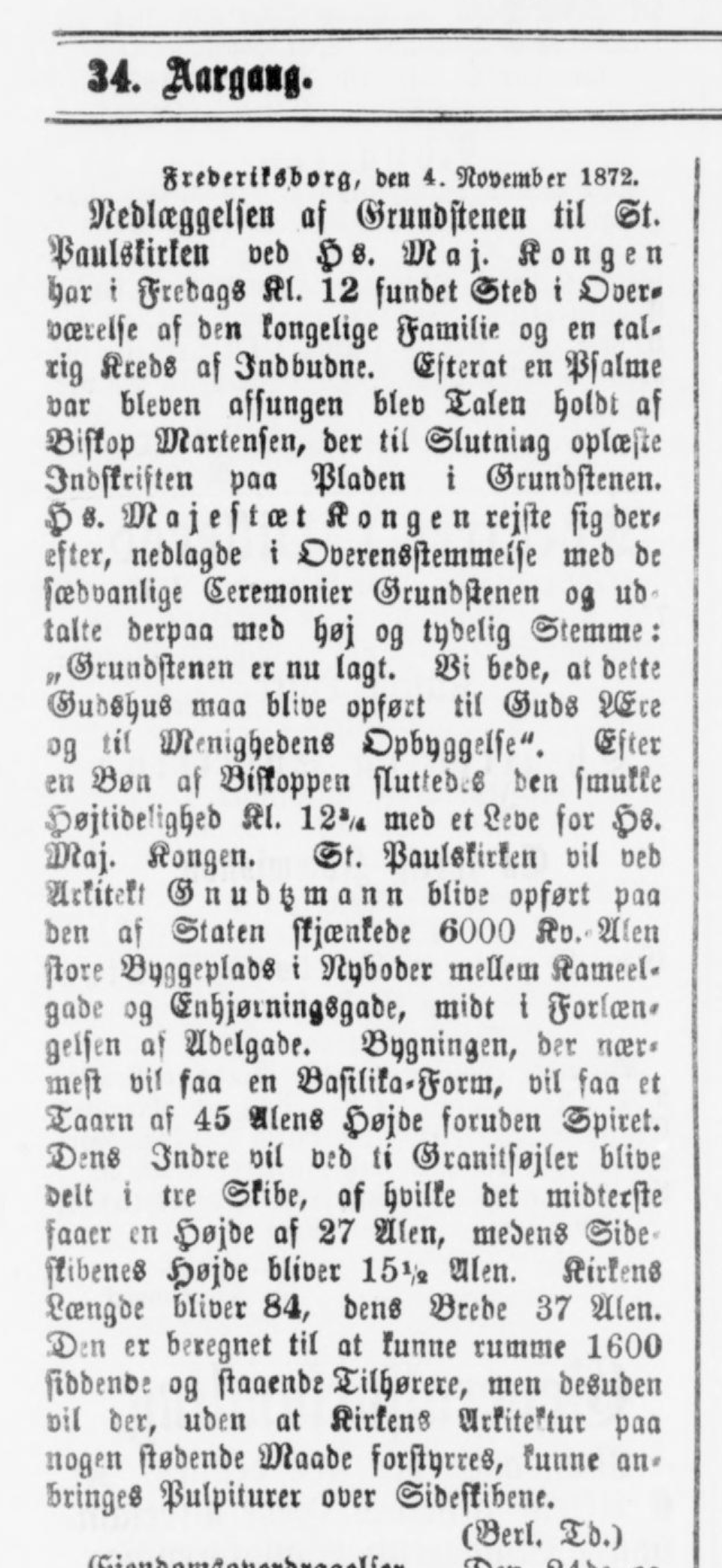
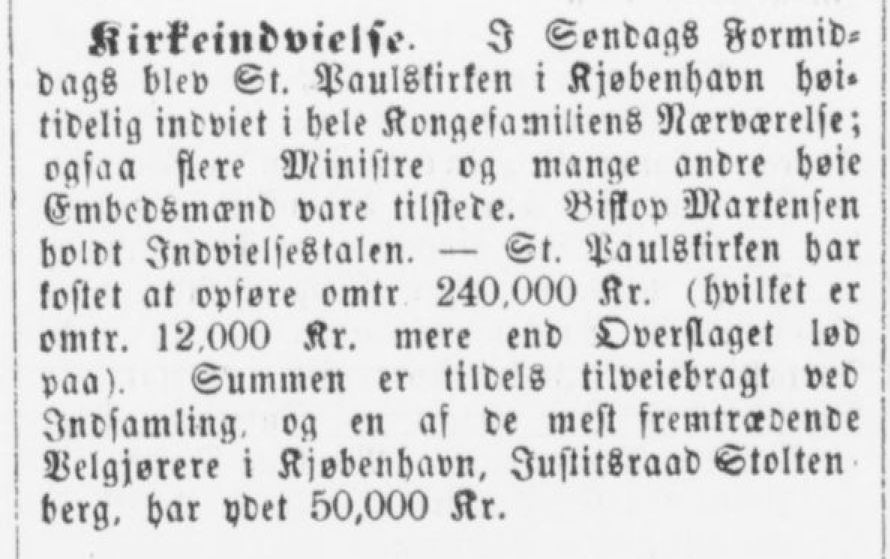
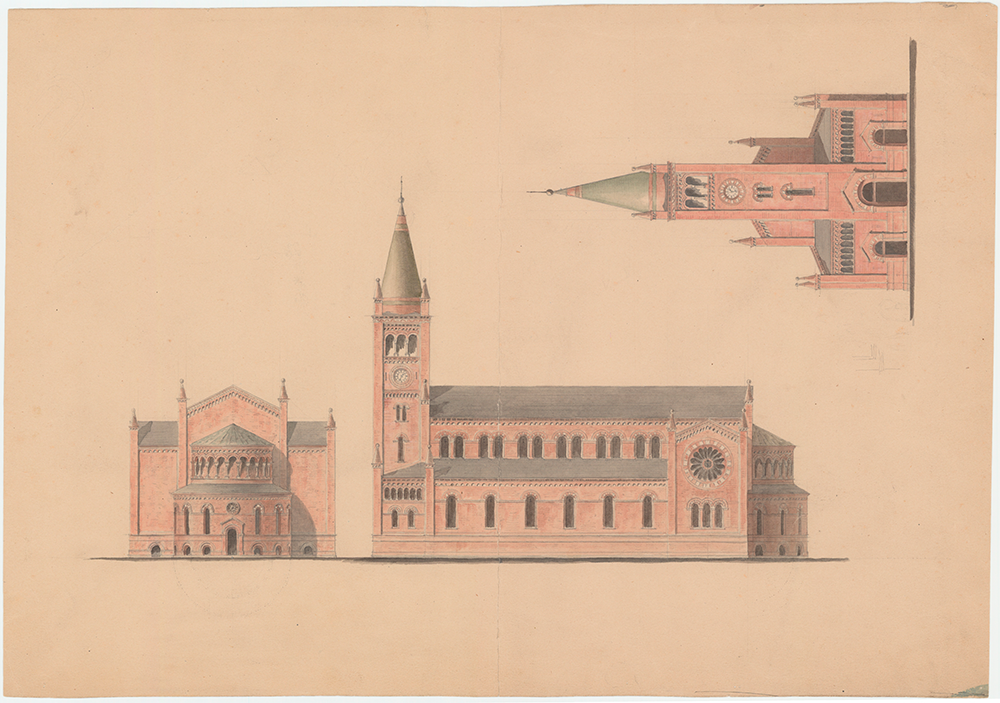
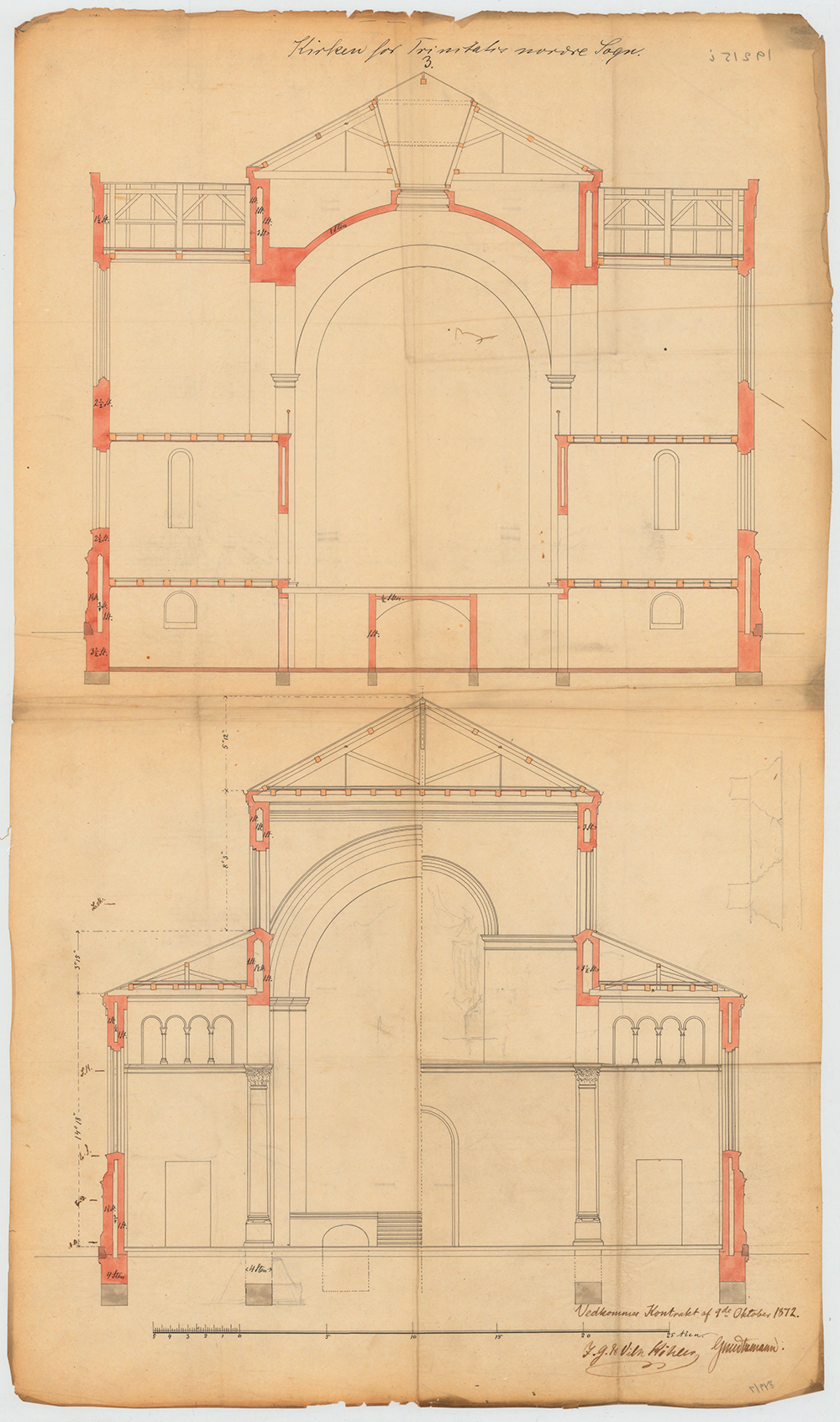
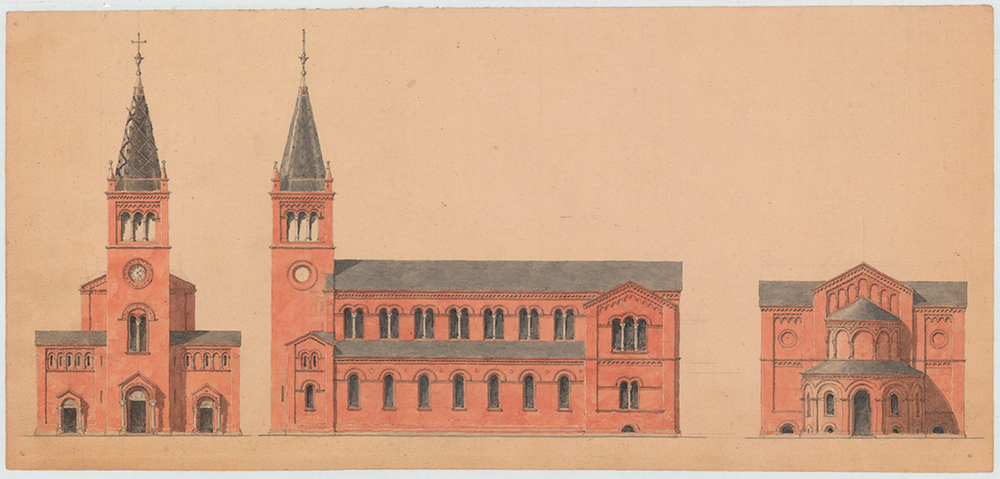
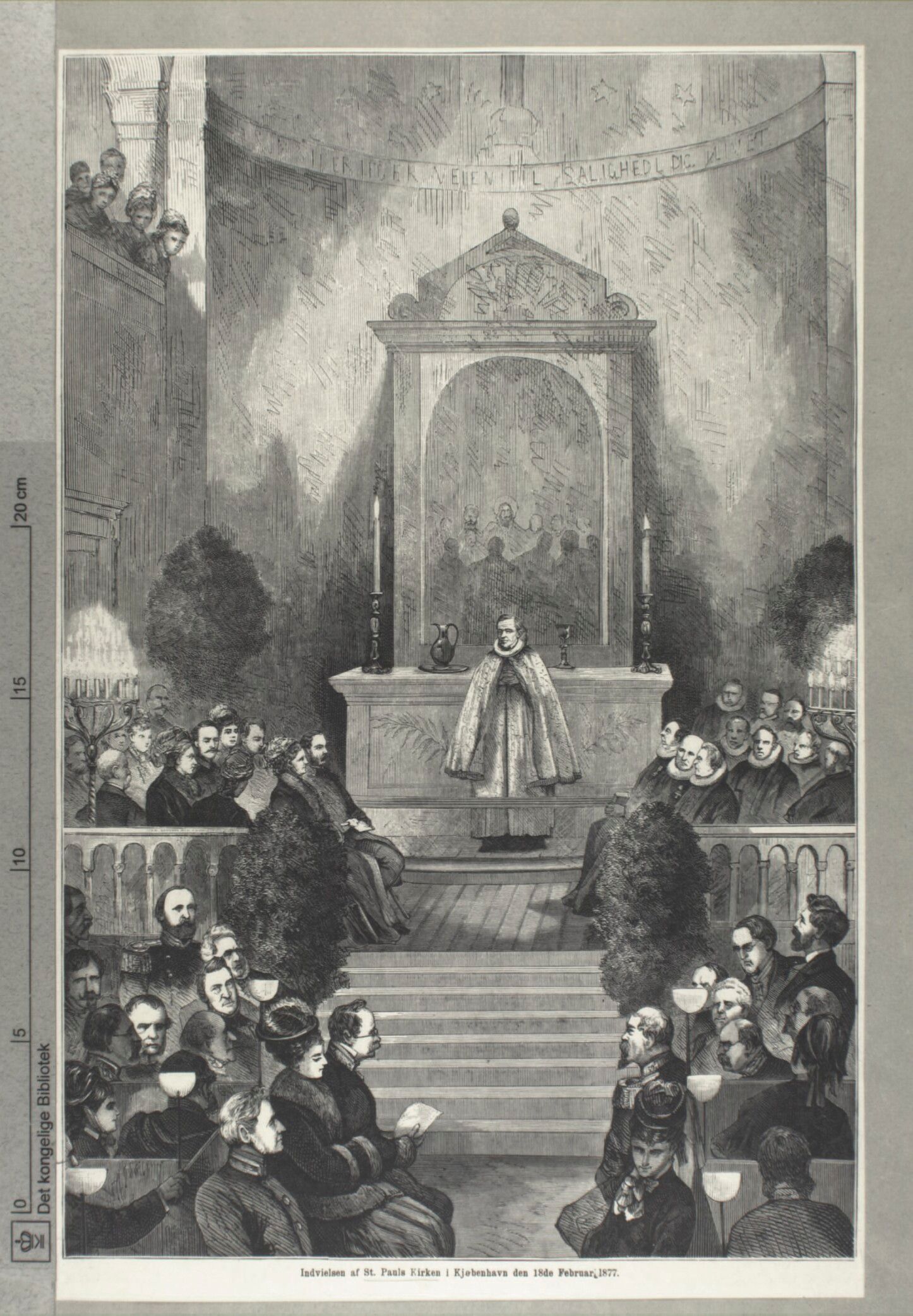
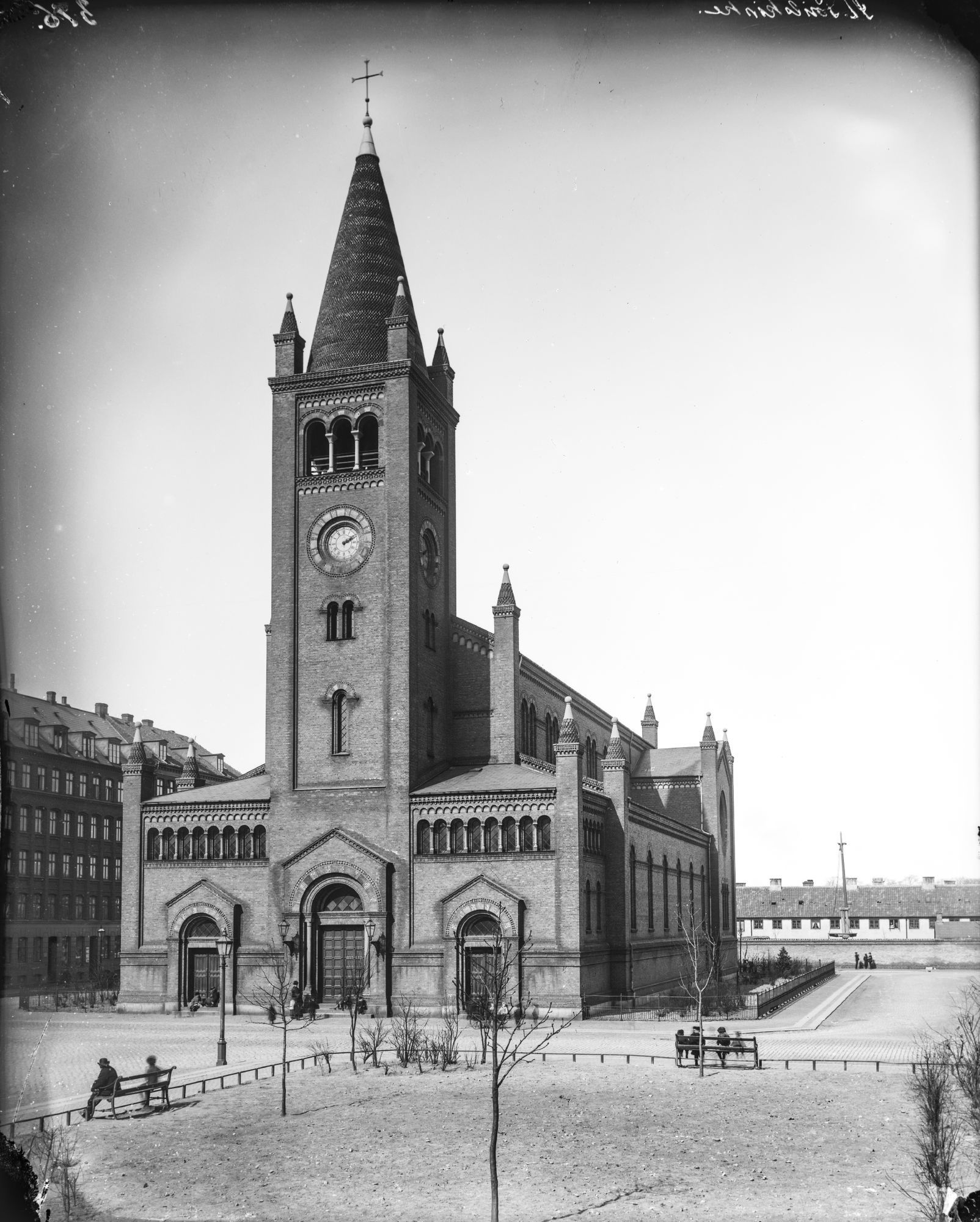
Yet another 19th-century Danish architect who loved Italian architecture, this was Gnudtzmann’s first independent commission. He later designed the Royal Veterinary and Agricultural University’s main building on Bülowsvej and Marie Kruse School on Frederiksberg Allé.
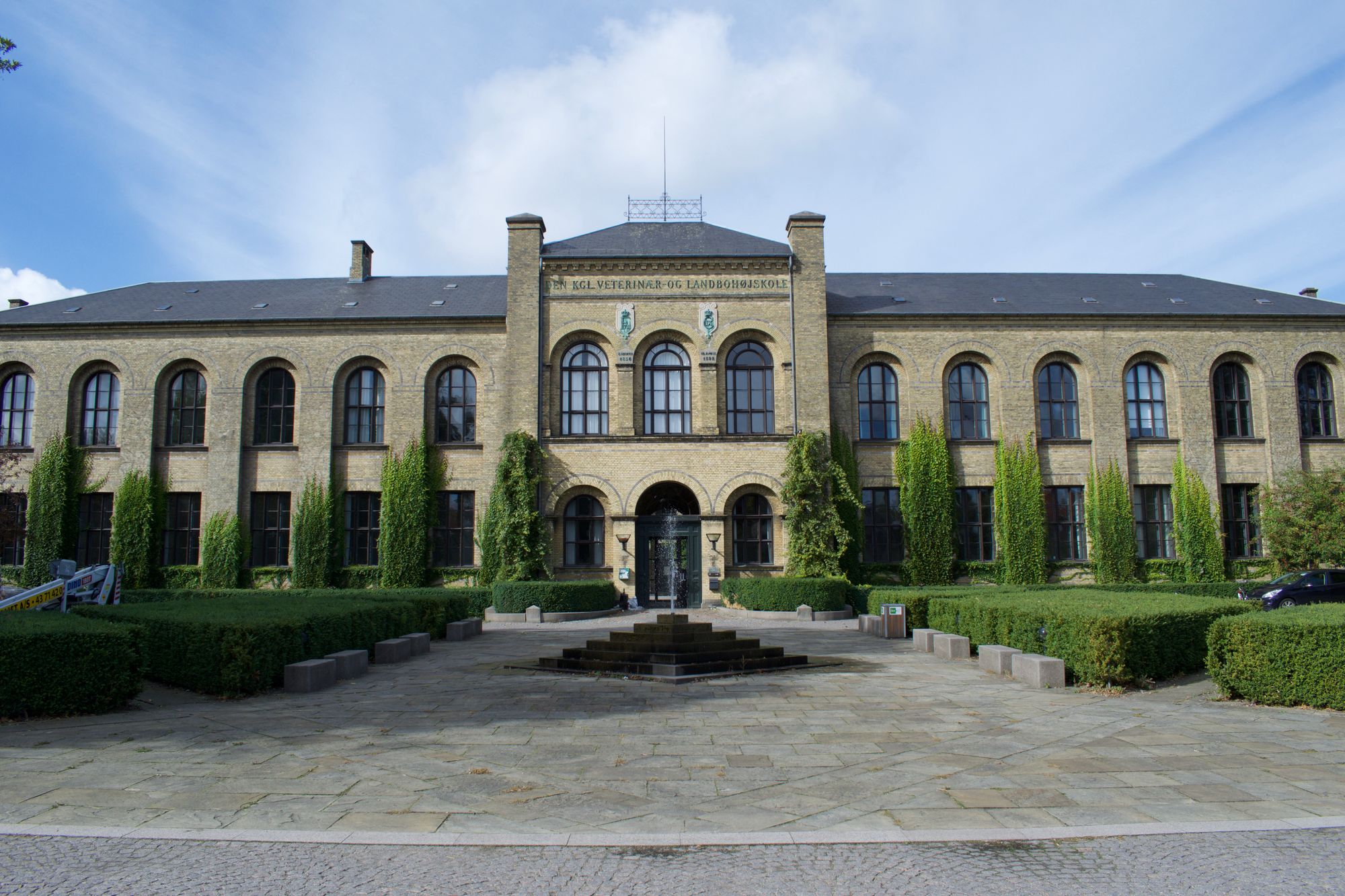
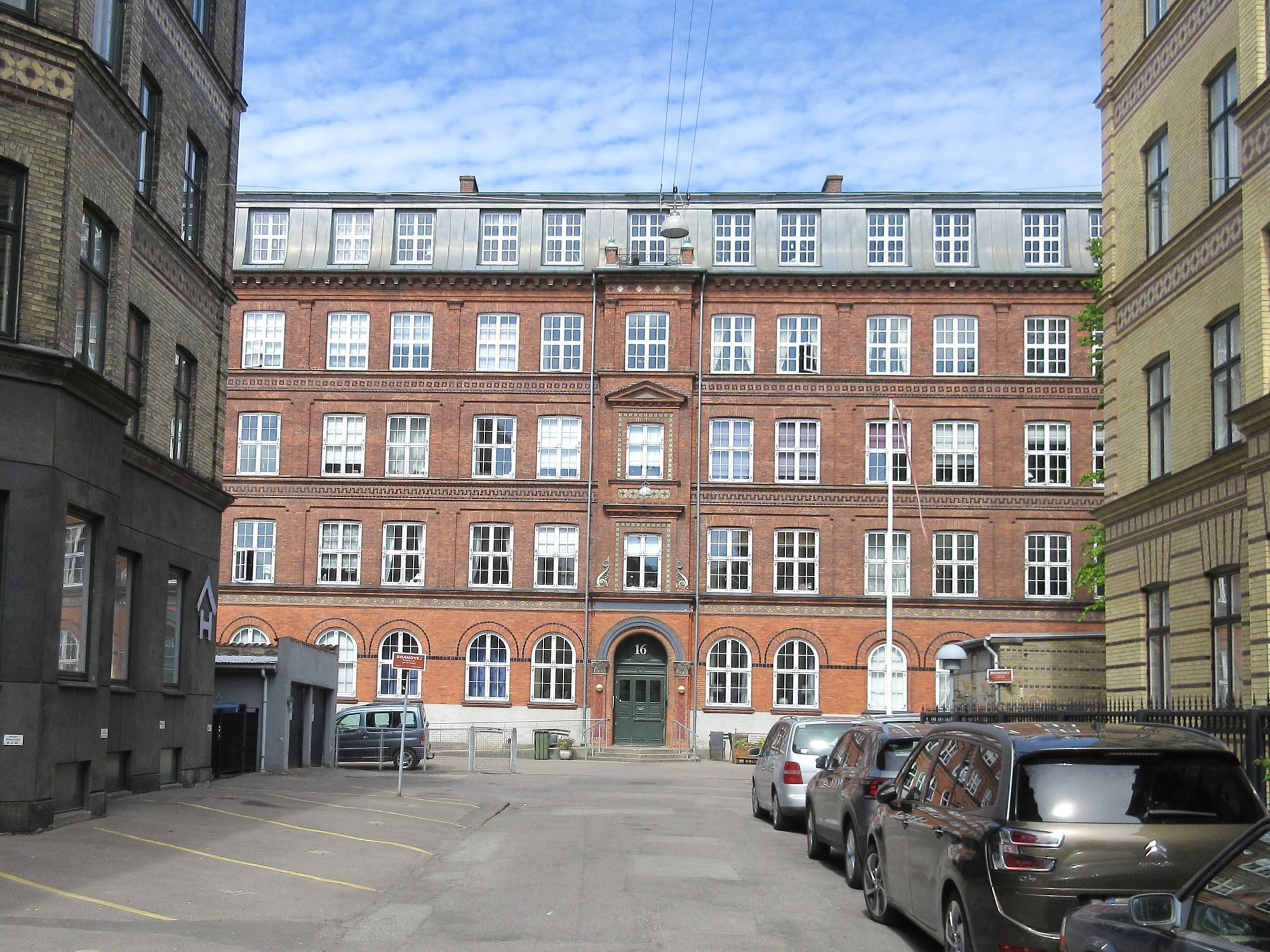
Built as part of a population boom, St. Paul’s Church fell into disrepair as the parish population shrank a century later. Conversations were held in the late 1970s and early 1980s about closing the church and repurposing the building to house the Royal Cast collection (one of the quirkier museum collections in the world - they’re plaster casts of famous works held elsewhere). The Diocese chose restoration instead, and the restored building reopened in 1993.
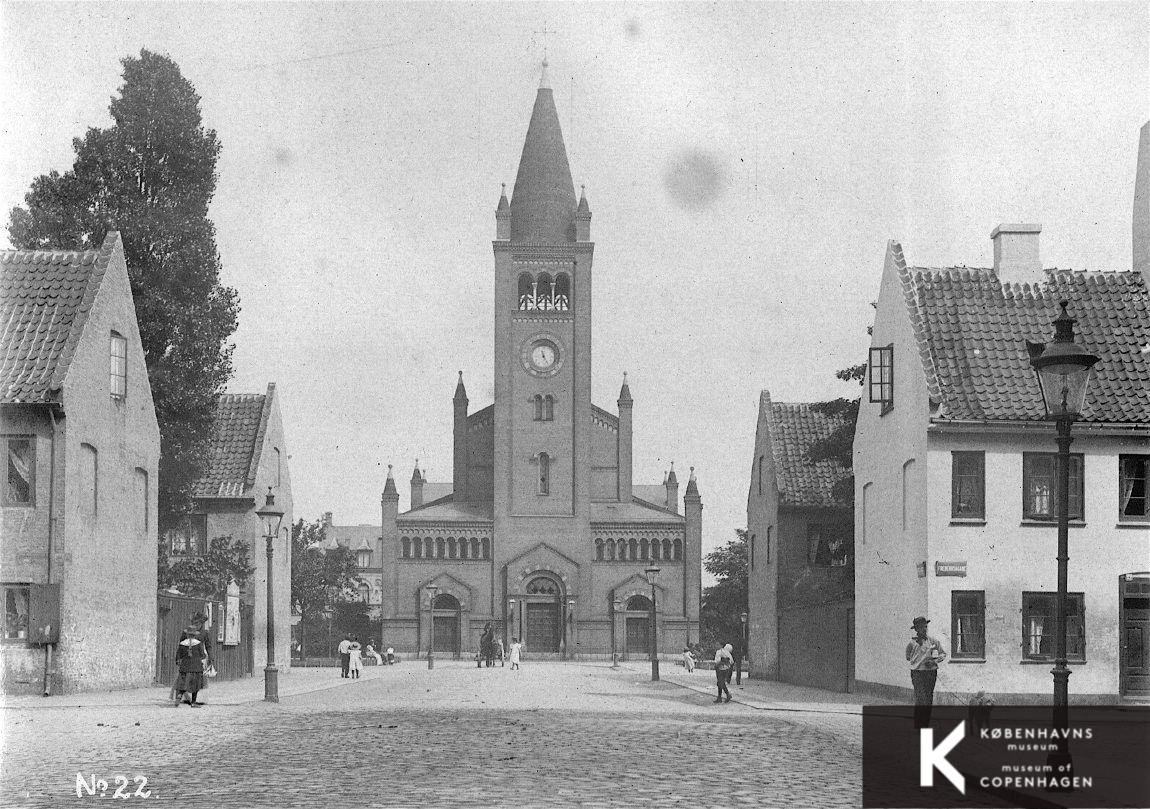
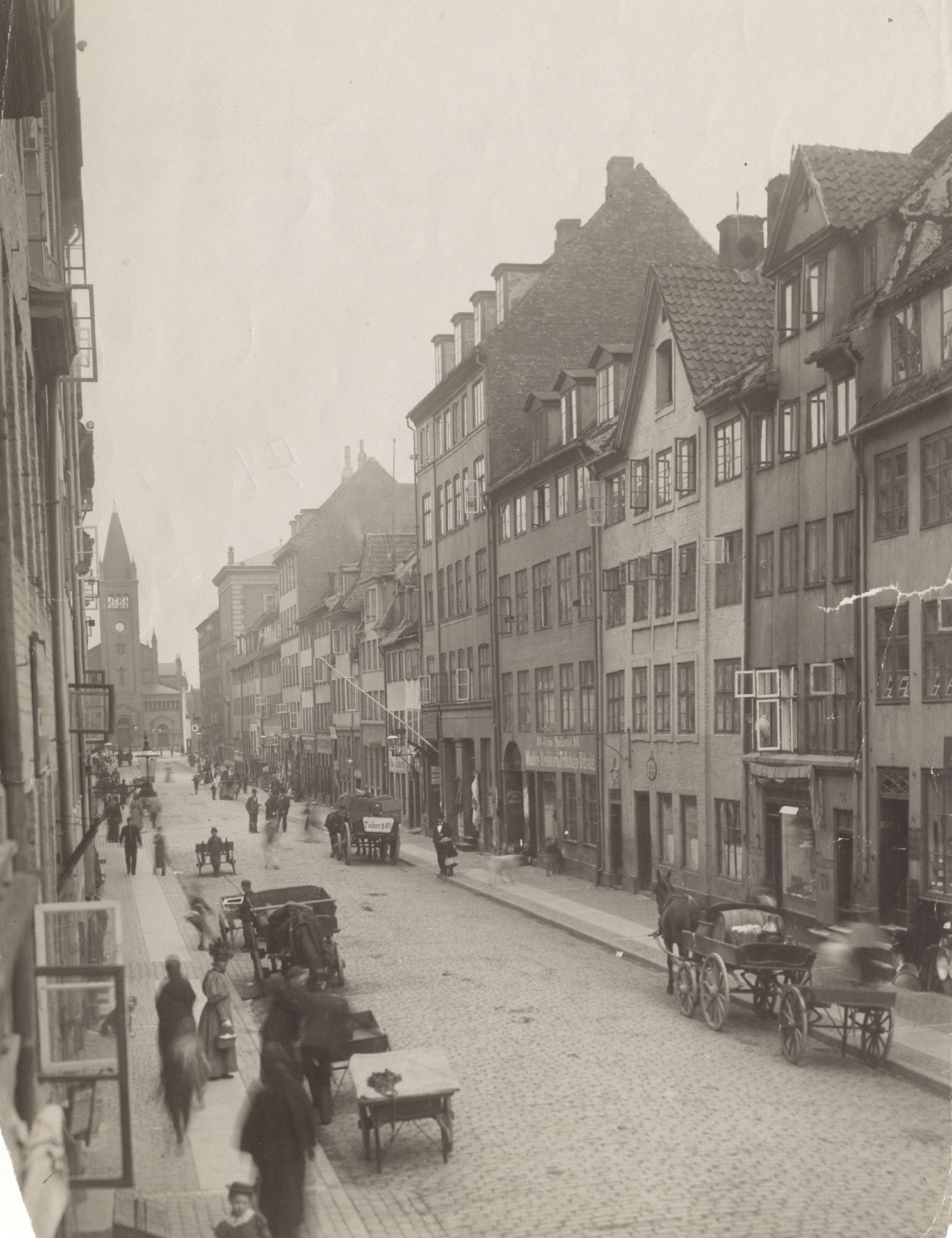
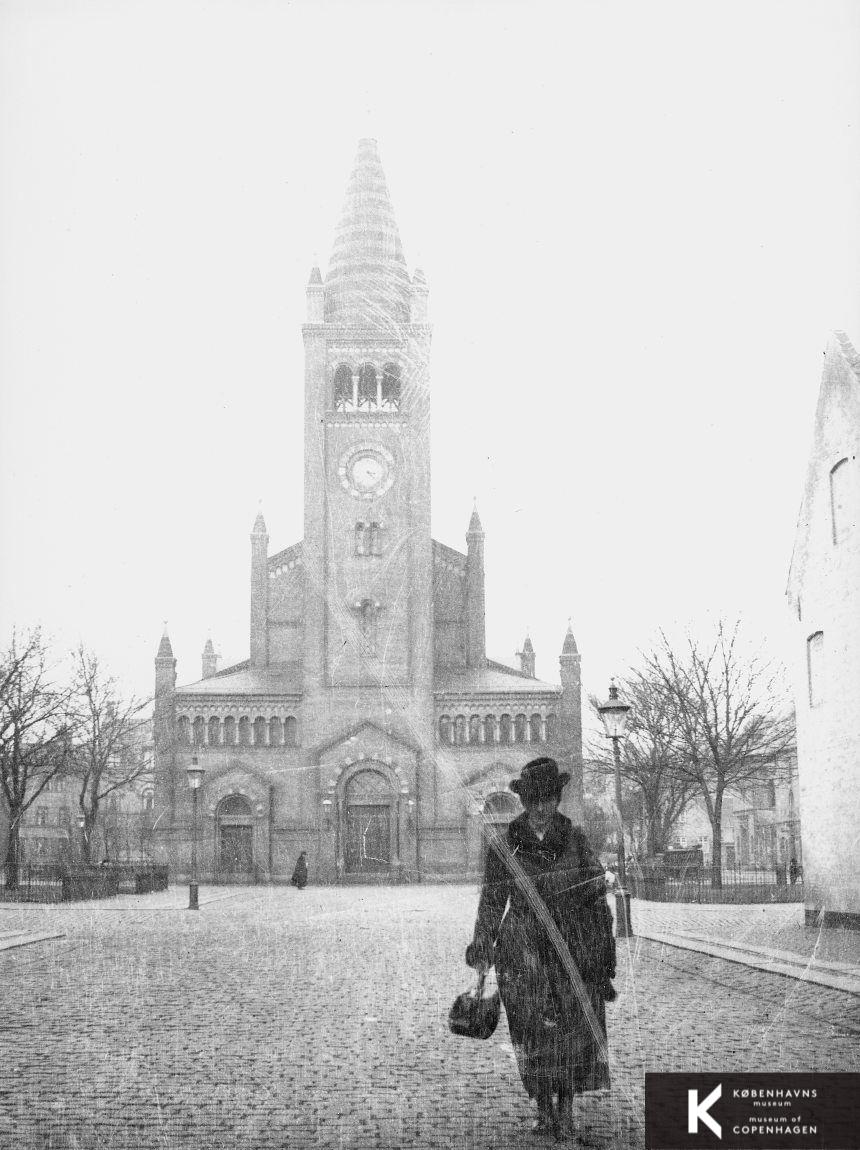
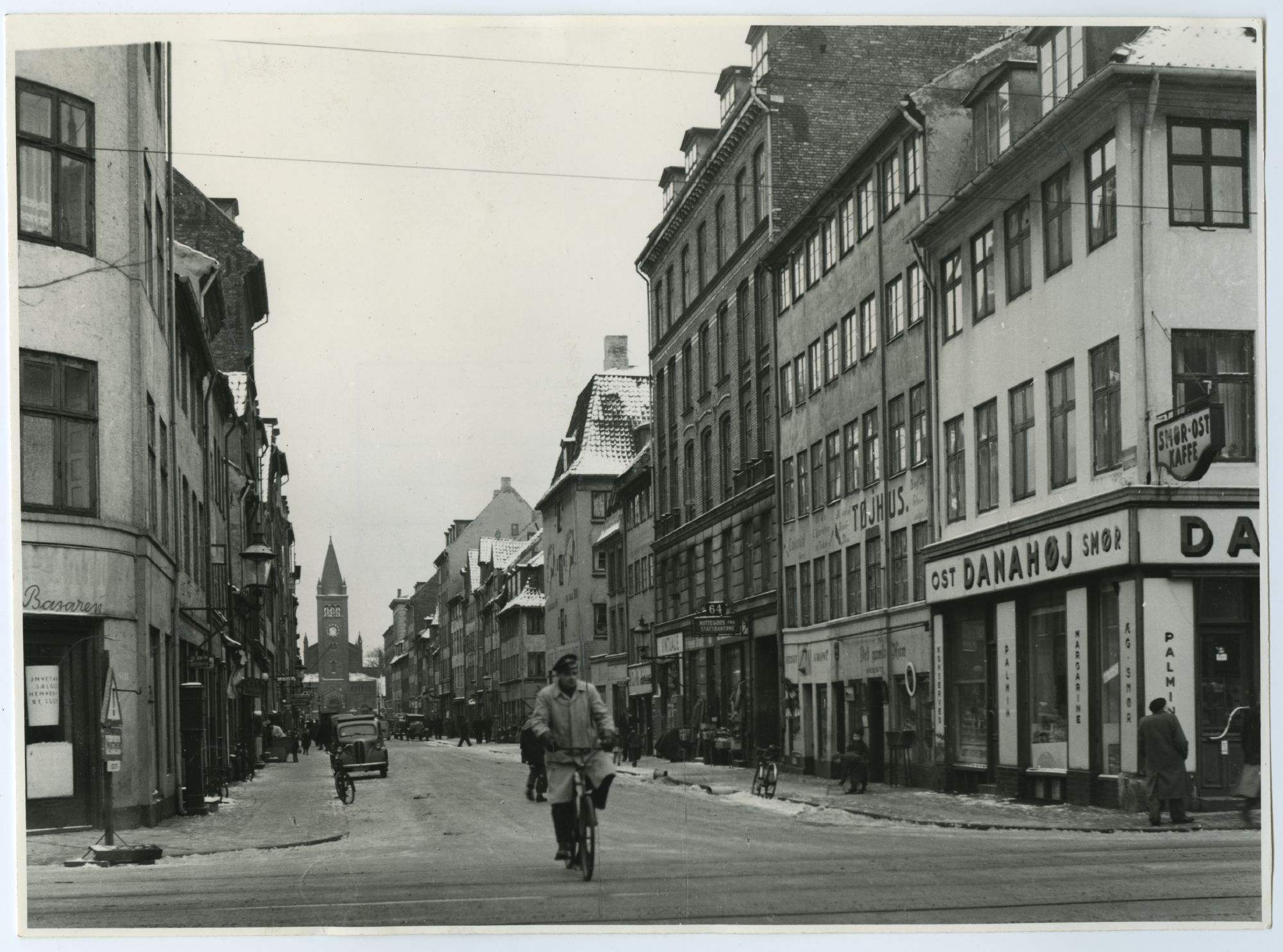
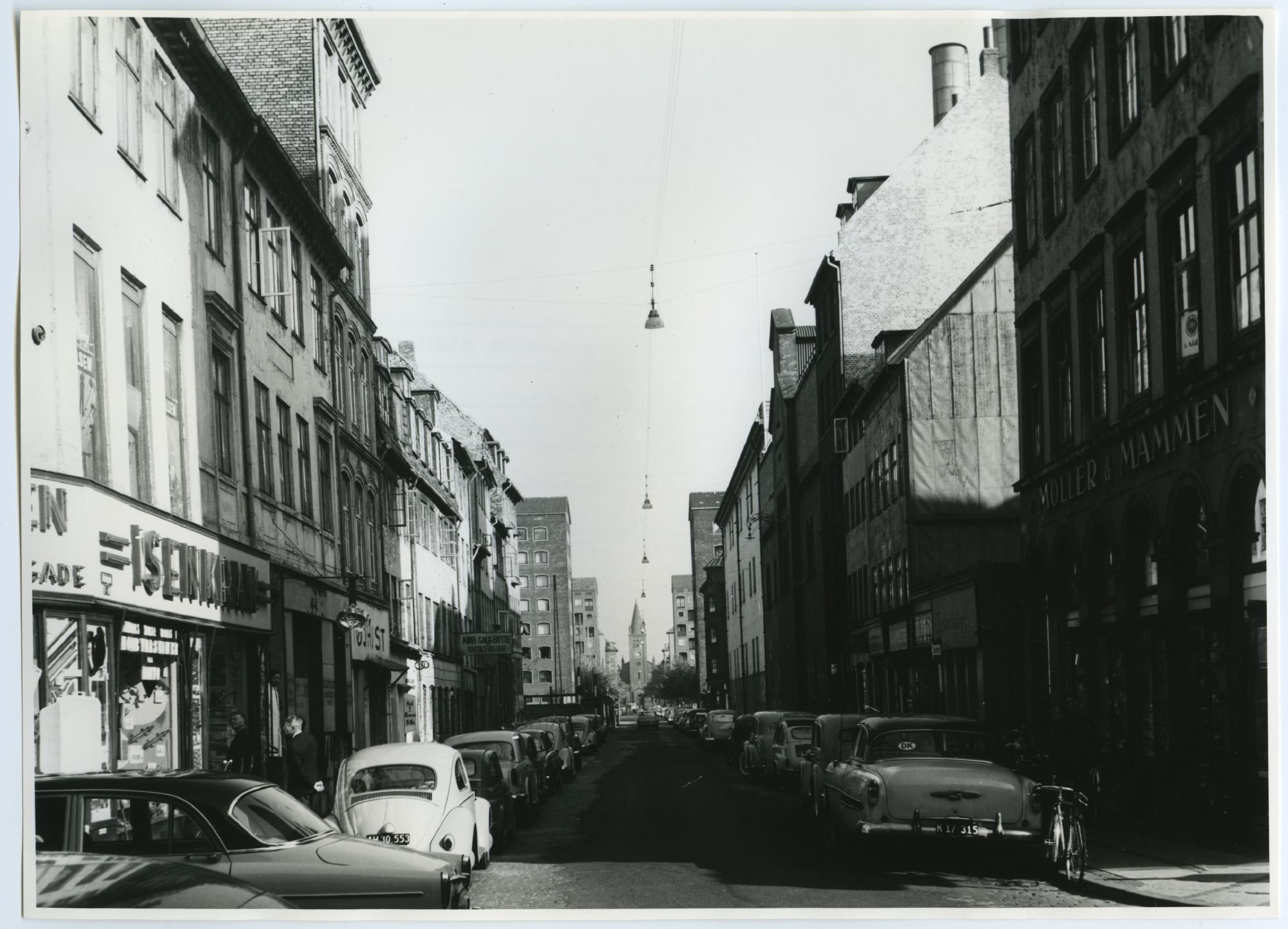
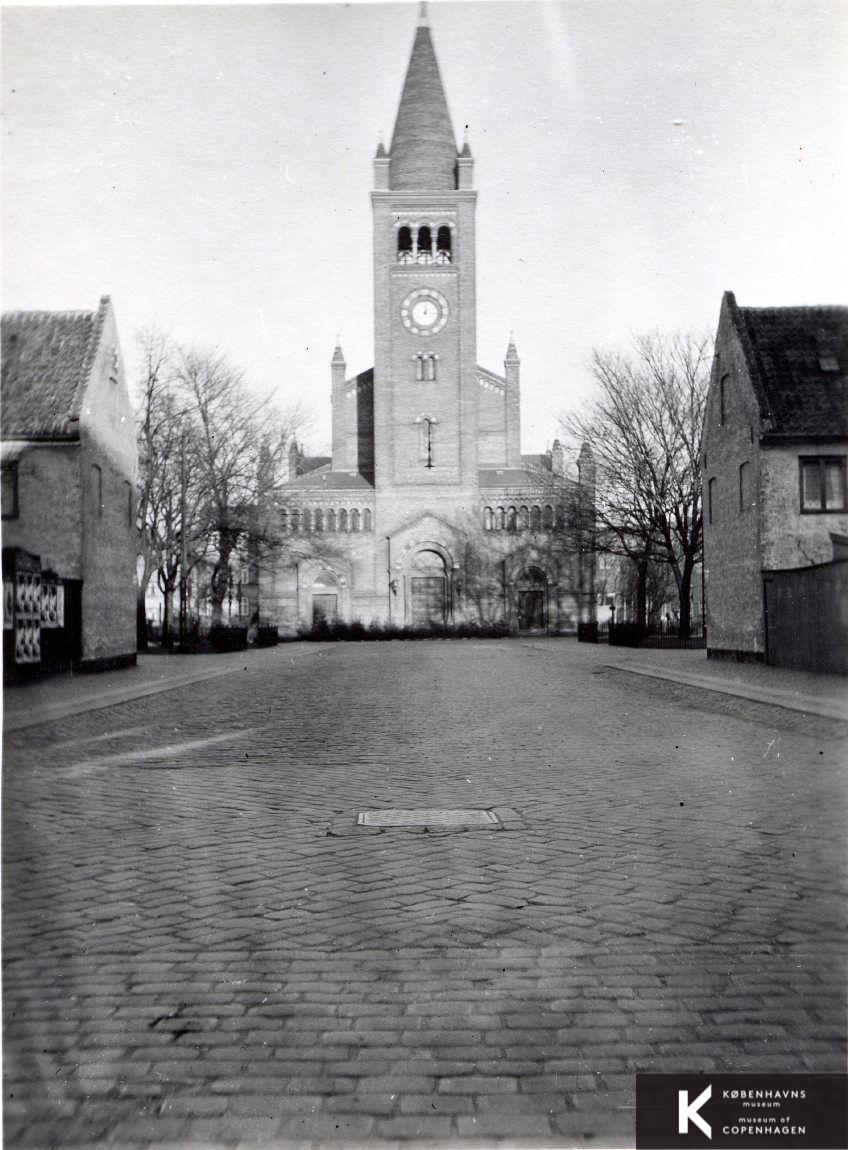
However, with churchgoing only declining further, St. Paul's ended up on the chopping block again in 2012. It was included on a list of 17 churches with shrinking congregations recommended for closure by the Diocese of Copenhagen. This was kind of uncharted waters for both the city of Copenhagen as well as its religious authorities - since 1849 the Diocese had only closed nine churches in total. Most of the parishes slated for closure fought the decision, and a majority succeeded - for now. Six churches closed permanently, but St. Paul's Kirke successfully fought to stay open.
Taking advantage of its reprieve, the parish at St. Paul's is apparently growing again, led by parish priest Kathrine Lilleør. They refreshed the building too - the masonry of the spire was crumbling, so from 2015 to 2017, the spire and front facade were restored by Guldmann Dam / Prenor A/S and architects Toyberg-Frandzen.
Production Files
Further reading:
- A case study from the restoration firm on the restoration of the spire in 2015-2017
- From Det Kongelige Akademi – Bibliotek for Arkitektur, Design og Konservering
- The church's history, in their words
- Sankt Pauls Kirke – KEND KØBENHAVN (hovedstadshistorie.dk)
- A look at the church's proposed for closure in 2012, their architectural value, and potential future uses
- Derfor er det disse kirker, der foreslås lukket i København | Kristeligt Dagblad (kristeligt-dagblad.dk)
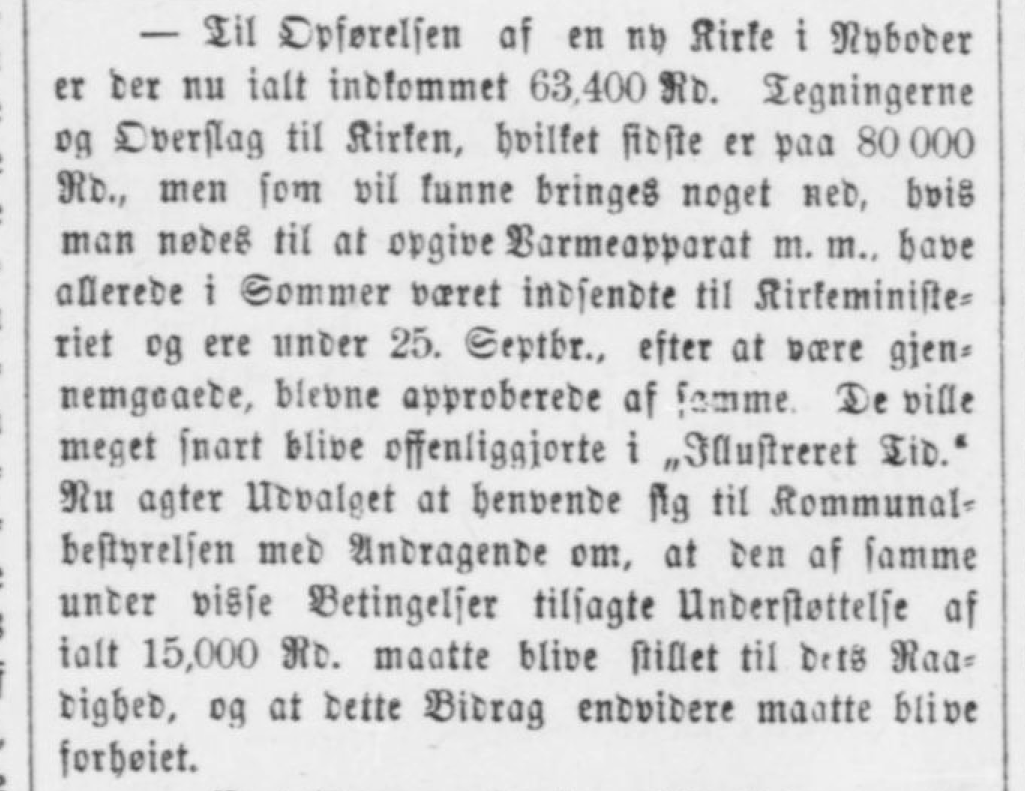
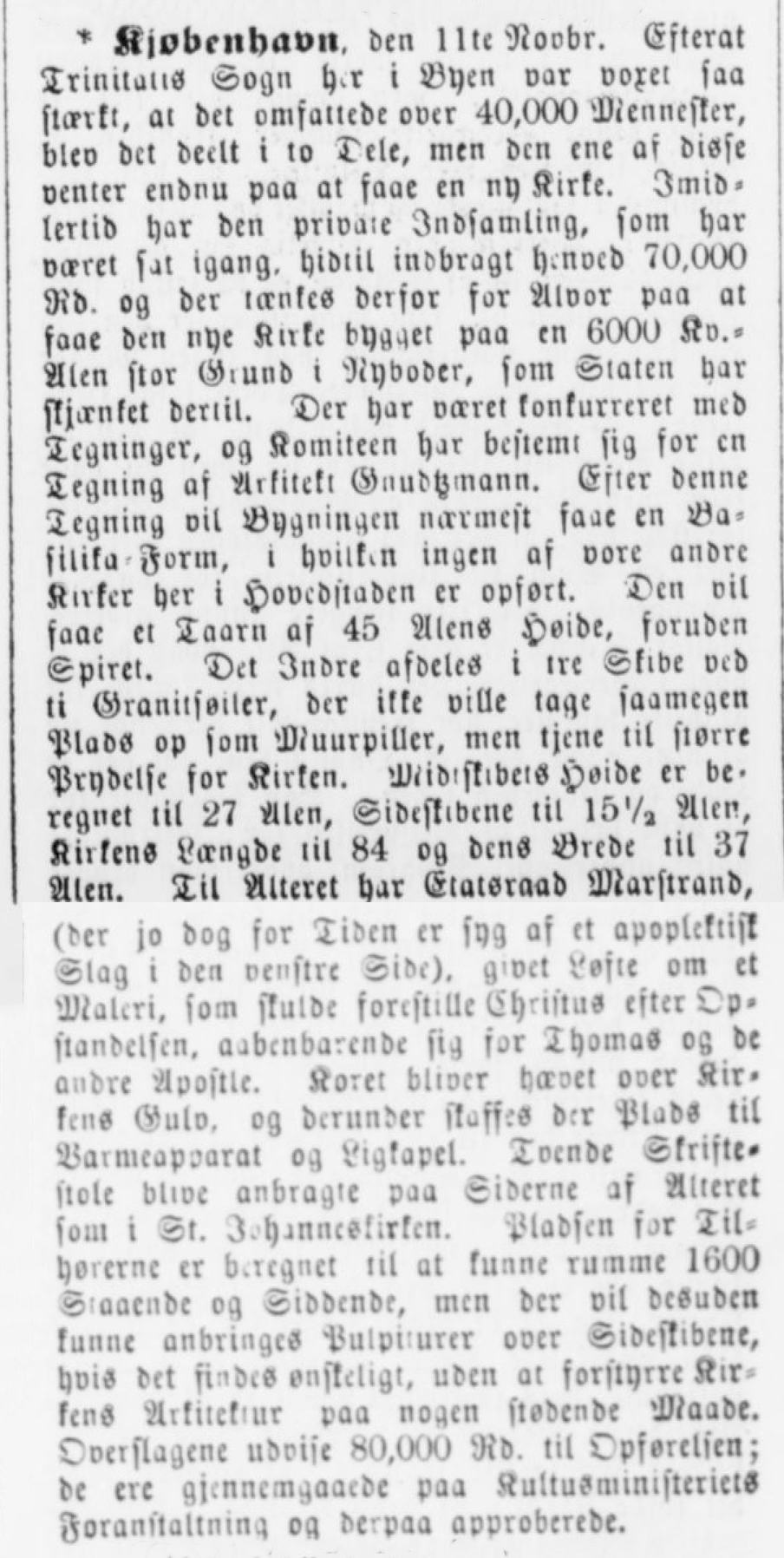
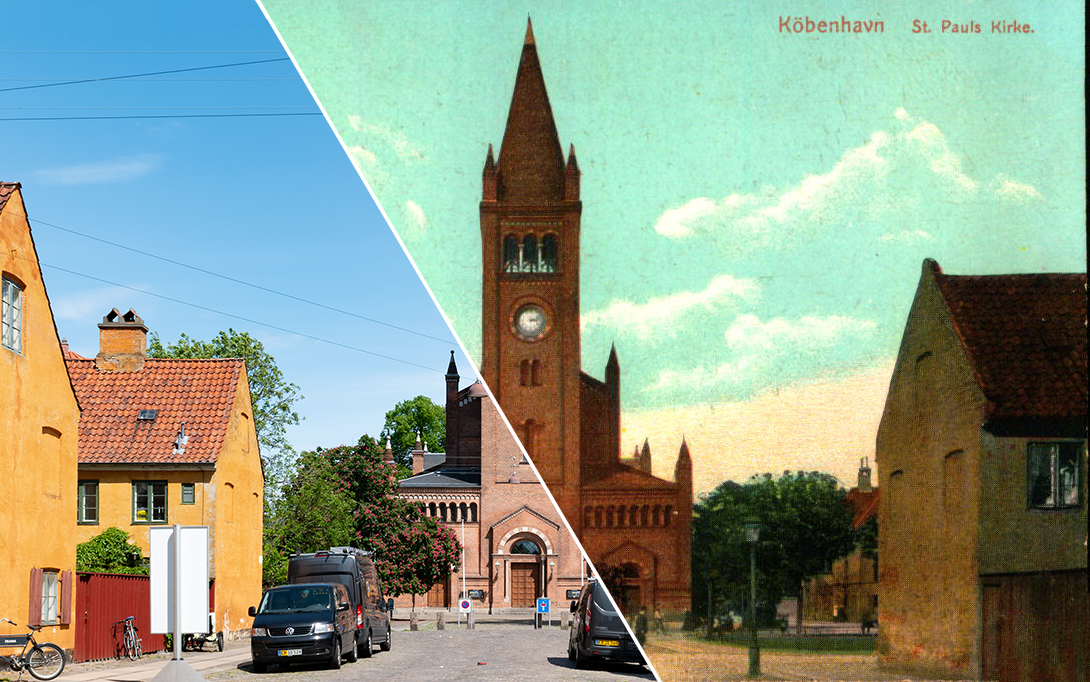
Member discussion: